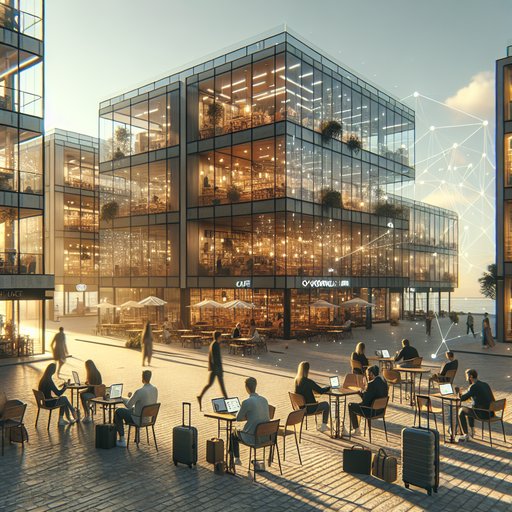
Recent retail data reveals a complex picture of consumer spending patterns, with traditional retailers and online shopping showing notable shifts. Sales volumes exceeded expectations with a 0.6% rise [1], demonstrating resilience in the retail sector despite broader economic uncertainties. The positive trends have been particularly evident in certain consumer segments, though challenges remain in the broader economic landscape.
Traditional retail giants like Macy's are experiencing varying degrees of success, with some segments showing promising growth. Beauty products and certain specialty departments have demonstrated improving demand trends [2], suggesting that consumers remain willing to spend on specific categories despite overall economic caution.
The retail landscape is increasingly being shaped by changing consumer behaviors and workplace norms. A recent UK employment tribunal ruling has highlighted the evolution of workplace shopping habits, establishing that reasonable online shopping during work hours should not be grounds for dismissal [3]. This decision reflects the growing integration of e-commerce into daily life.
Weather conditions and sporting events have emerged as significant factors in retail performance. The combination of sunny weather and football events contributed to the unexpected boost in July retail sales [1], demonstrating how external factors can significantly influence consumer spending patterns.
However, the retail sector faces headwinds from broader economic challenges. Manufacturing employment has shown signs of decline amid uncertainties around tariffs and consumer spending patterns [4], suggesting potential downstream impacts on retail consumption.
























